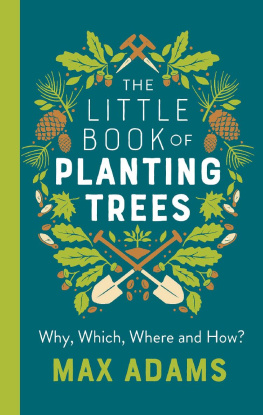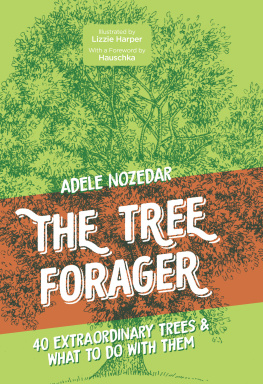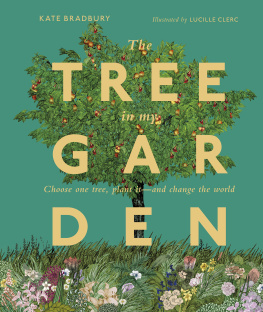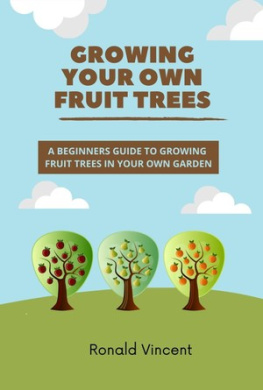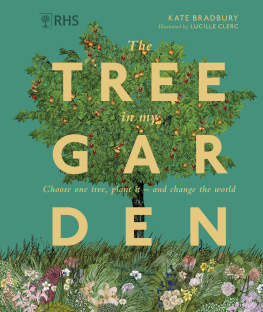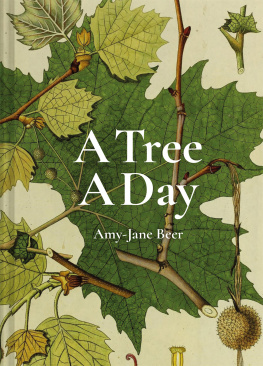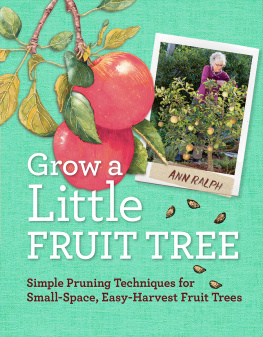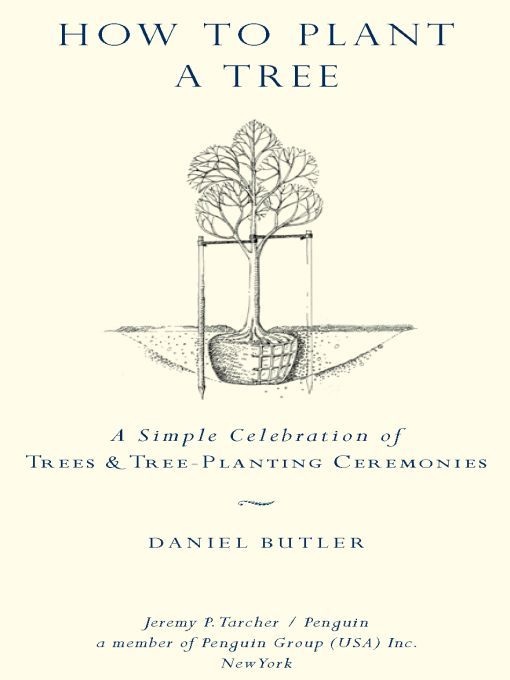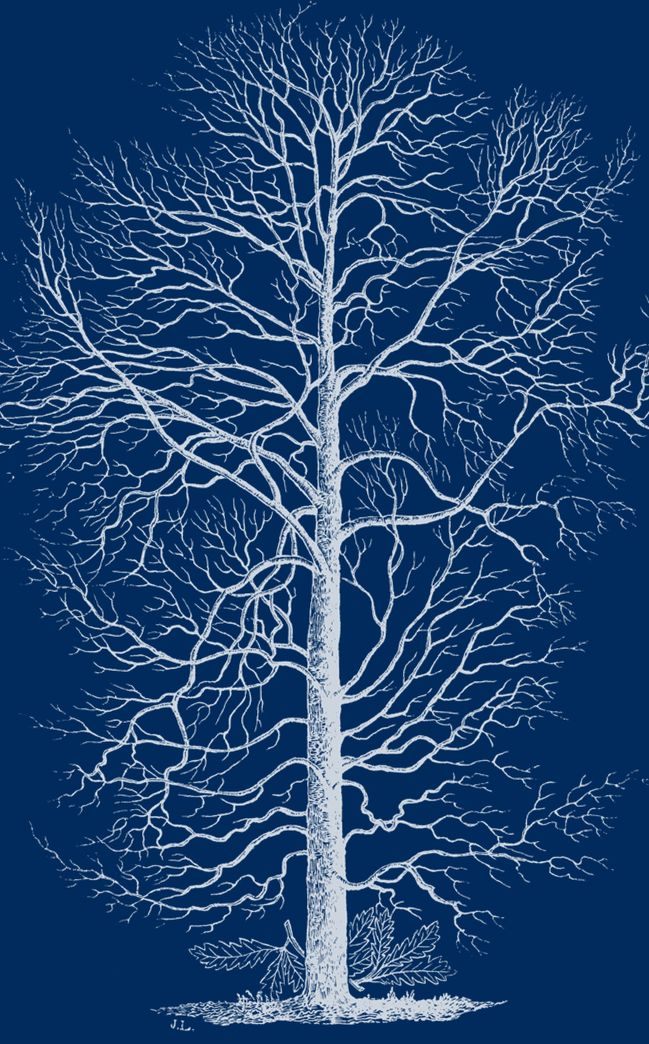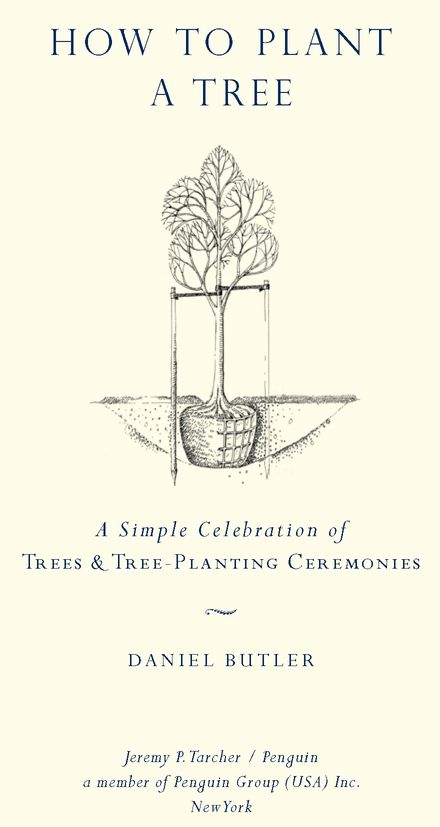Table of Contents
INTRODUCTION
Humans have always had a close affinity with trees. Long before our ancestors began to roam the African plains, let alone venture into a chilly Europe or across the icy Bering Straits into North America, Homo sapiens were almost totally reliant on trees for almost all aspects of life. By day, the forest supplied food in the form of fruit, nuts, leaves, insects, honey, birds, and small animals. At night, the branches offered a refuge from predators.Travel writer Bruce Chatwin (19401989) believed this nocturnal escape to the canopy explains why babies are so easily lulled to sleep rocking in their mothers arms as her gentle shush echoes the wind in the leaves. Later, as the first hunter-gatherers dared to leave the safety of the woods, they still needed branches to make their hunting weapons, temporary shelters, and, of course, the fire that allowed them to broaden their diet and ward off nighttime predators.
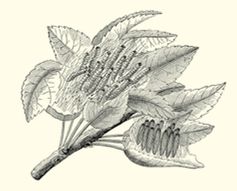
Trees were also essential as humans developed from hunter to farmer. Apples and figs were probably among the earliest cultivated crops, the first accidentally spread by nomads ranging over the Asian steppes. As the centuries passed, trees remained vital as a source of timber for increasingly elaborate buildings, tools, and boats.
Little wonder that over the millennia trees have become woven into the very fabric of every culture and religion. They feature in the myths and faiths of the worlds oldest civilizations. Sacred groves and veteran trees were integral parts of the religions of pagan Europe and pre-Columbian North and South America. In the East, the banyan appears in Hinduism and Buddhism, while the Book of Genesis makes reference to the Tree of Knowledge.
Forest management
At first people simply cut down trees as they were needed, but as the primeval forests were cleared, the first signs of sylvan management crept in.The relatively low-value lime and birch scrub that covered much of Europe was increasingly replaced by more useful oak, ash, and beech. Large trees were given preference and selectively felled to provide building lumber, while smaller woodland species, such as hazel, were coppiced. At first planting was the result of natural regeneration, but over time foresters began to nurture seedlings and plant intensively to encourage straighter, knot-free lumber, not least to meet the demand for great wooden ships from European nations that sought to expand their empires through naval supremacy.
Then came the great classical gardeners of Europe whose landscaped grounds around palaces and stately homes relied on the visual impact of great and veteran trees. The next wave of interest in trees stemmed from the nineteenth- and early twentieth-century collectors who scoured the world for beautiful and remarkable specimens to grace botanical gardens and arboreta.
Arbor day
Trees played an important part in American history. Long before Europeans first arrived, trees were sacred to the native peoples, but after the seventeenth century, the commercial potential of the continents vast forests was apparent to the newcomers. Pioneering nurserymen, such as Johnny Appleseed, have entered the folklore of the West, while in 1872 the Nebraskan J. Sterling Morton set up a national tree planting festival, Arbor Day, which was targeted particularly at schoolchildren. The idea was an immediate success. By 1885, it was declared a legal holiday in Nebraska and other states quickly followed suit.The original aim was principally to improve agriculture by providing shelter and preventing soil erosion on the Great Plains. Over time, Arbor Day has become an environmental and conservation movement. Today, National Arbor Day is celebrated on the last Friday in April, although some states celebrate it on a different day due to the local climate.
Environmentalism
In our own time, there is deep-rooted environmental concern about the impact of humans on the planet. First there were warning signs about the potentially tragic effects of large-scale deforestation by loggers eager for a quick buck in terms of loss of biodiversity.Then followed alarm about climate change due to the carbon dioxide pouring out of fossil-fueled factories, power stations, and automobiles.
We know that trees are the lungs of the planet and we need them to live and breathe. Scientists have demonstrated that the world relies on their photosynthesizing power to absorb the so-called greenhouse gases that will otherwise warm the globes weather systems with potentially disastrous consequences. To help combat climate change, environmentalists are now urging the developed and developing world to commit to help reduce their carbon footprint by initiating programs to plant and protect forests.
City trees
We can all do our part, even if we are far from the great forests that sustain our planet. We can buy lumber from sustainable sources, plant new trees, and appreciate and protect what is already established in urban and rural areas.Trees line our streets, fill our parks and yards, and can even crowd into office vestibules. Even the most modern development plan will include mature trees to offer an oasis of calm and soften the visual impact of glass, steel, and cement. Above all, trees are planted to mark almost every momentous occasion in our lives. In short, trees are as popular as ever.
This book is a celebration of our love of trees. It looks at ways we can each develop a personal link with individual tree specimens that have particular meaning and value.
A NEW BABY
Surely there can be no greater cause for celebration than the arrival of a new life. Holding a newborn baby in your arms can be one of the most joy-filled and life-affirming experiences in life.
Symbolism
The birth of a baby is a joyous occasion and the planting of a tree symbolizes new life and growth. As the tree matures so will the child.There could be no better lasting record of this new life than establishing another, parallel, living entity. Both grow so fast; take your eyes away for a few weeks, and progress leaps out.
Timing
It is natural to want to plant the tree on the same day as the baptism or naming ceremony, but this may not be practical. Trees fare best when planted in fall or early spring, so it is better to delay celebrating the birth of a winter and summer baby for several months.You could spend the intervening period choosing the most appropriate tree and planning the ceremony itself. Consider planting your tree in a large pot that can be easily brought inside during the winter.
Choice of tree
With so many species, cultivars and varieties available, the choice of tree species is not always easy. It is obviously too early to match a tree to the newborns character, so it is up to the parents to select whichever seems the most appropriate.








